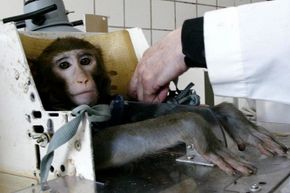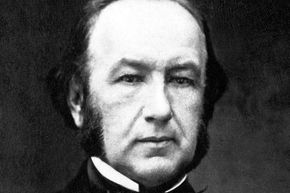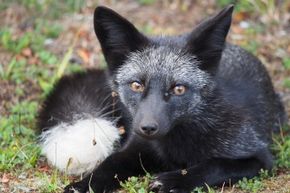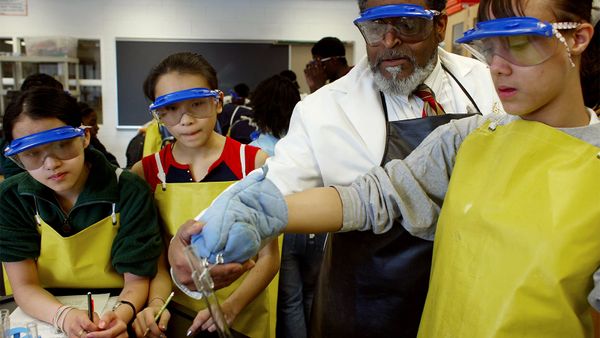Sulfanilamide is amazing stuff. At least, in the early 20th century it was.
An antibiotic, sulfanilamide was a highly effective treatment for all kinds of infections. Typically, people took it in the form of a powder. But in 1937, Tennessee-based pharmaceutical company S.E. Massengill learned of a demand for the drug in liquid form. The company's head chemist, Harold Cole Watkins, went to work in his lab and discovered that sulfanilamide dissolved nicely into a solution of diethylene glycol. The control lab stirred in a delicious raspberry flavoring, tested it out for taste, looks, and smell and gave it a thumbs up. They called it Elixir Sulfanilamide. A short time later S.E. Massengill was churning out a huge batch of the stuff. In September they sent 633 shipments to all corners of the country.
Advertisement
But then, on Oct. 11, doctors in Tulsa, Oklahoma, contacted the American Medical Association (AMA) to report their suspicions that this fancy new elixir wasn't curing people — it was killing them. The AMA got its hands on a sample and tested it. The sulfanilamide was fine; that wasn't the problem. The problem was the diethylene glycol, which happened to be pure poison. Not the kind of poison that makes you feel ill for a few hours; the kind of poison that makes you scream and writhe in agony as you die.
The Food and Drug Administration swung into action, firing up a national public awareness campaign and sending inspectors far and wide to locate and account for every single drop of the fatal fluid that had killed more than 100 people in 15 states.
At this point, contemporary readers shake their collective heads in amazement and wonder, how? How is this possible? How could a drug company think a fatal poison would be a good medium for an antibiotic? Clearly Watkins hadn't done his homework. There were existing studies that revealed the damage diethylene glycol could do. He hadn't read them. Fine, mistakes happen. That's why we create fail-safe measures. That's why we test things, especially drugs.
Ah, but there's the rub. Remember, the only tests S.E. Massengill conducted on the elixir were for taste, smell and appearance. They didn't bother testing to see whether it happened to kill people. Why? They didn't have to.
In fact, the president of the company infamously parried accusations by pointing out that while the incident was unfortunate, S.E. Massengill had done nothing wrong. Watkins seems to have disagreed by promptly taking his own life [source: Ballentine].
In 1938 the U.S. Congress enacted the Federal Food, Drug and Cosmetic Act, which, among other things, required all new drugs be subjected to animal testing before being approved for sale.
Advertisement





